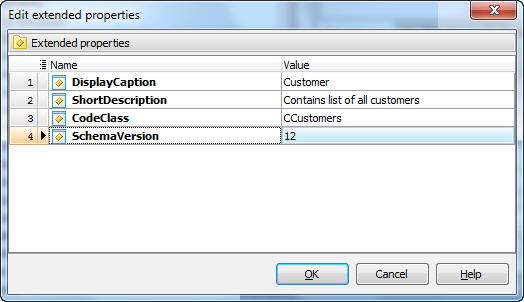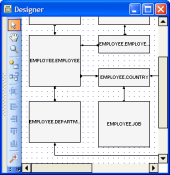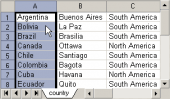MS SQL Maestro online Help
| Prev | Return to chapter overview | Next |
Modify Object Properties
You can rename all objects those can be renamed with the corresponding option of the popup menu of the object at the Explorer tree. To edit other properties of the selected object without opening its editor, use the Object Properties dialog. To open this dialog, select the according item of the same popup menu. To clear up the object properties meanings, see the appropriate topic of the respective Object Editor section.
MS SQL Maestro also supports extended properties. In using extended properties, you can add text, such as descriptive or instructional content, add input masks, and add formatting rules as properties of objects in a database or of the database itself. For example, you can add an extended property to a schema, a schema's view, or to a column in the view. Because extended properties are stored in the database, all applications reading the properties can evaluate the object in the same way. This helps enforce consistency in the way data is treated by all the programs in the system.
MS SQL Maestro allows you to add/edit/drop such properties for tables, views, procedures, columns, indexes, etc. Each extended property has a user-defined name and value. The value of an extended property can contain up to 7,500 bytes of data. Multiple extended properties can be added to a single object.

| Prev | Return to chapter overview | Next |





 Download
Download Buy
Buy
